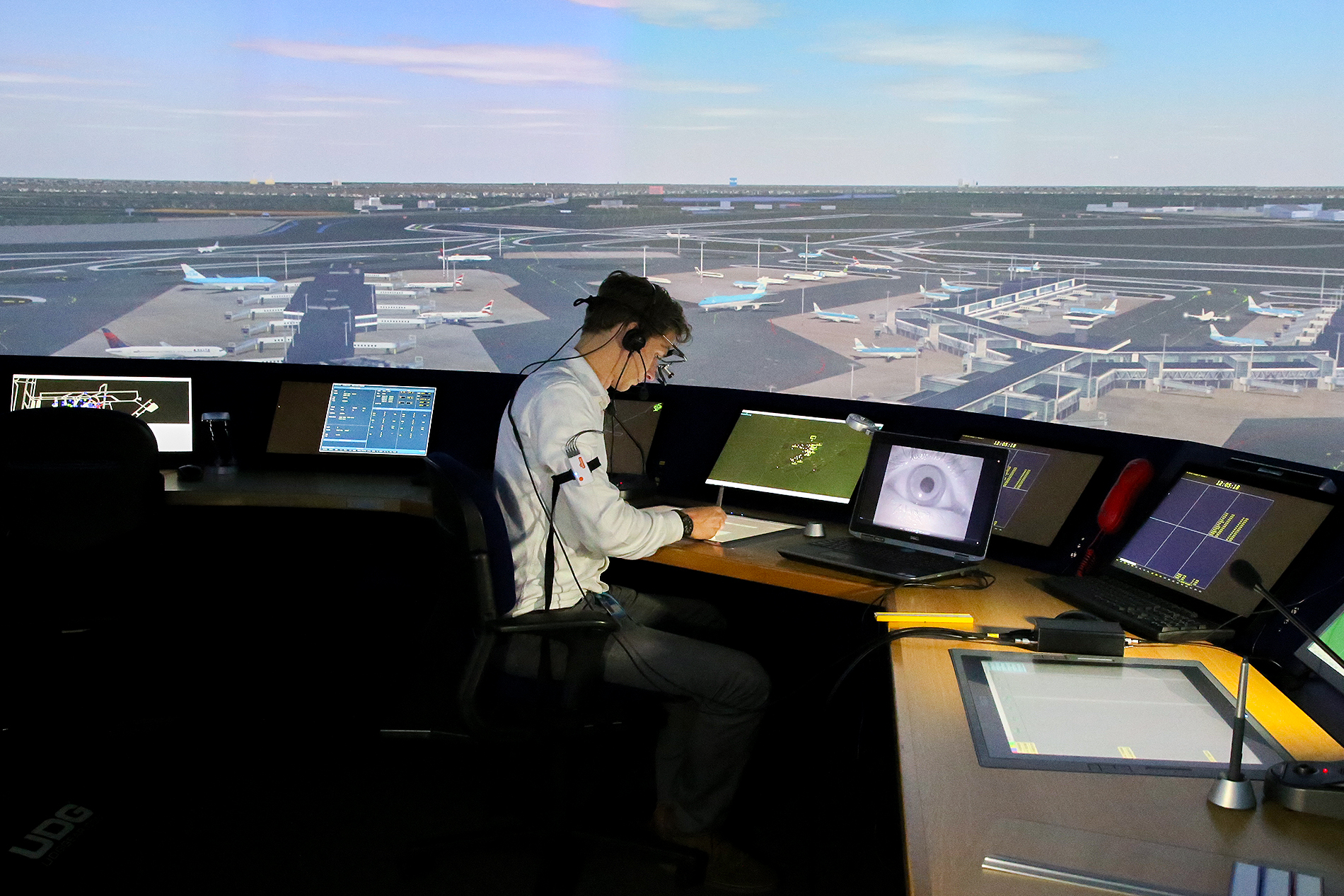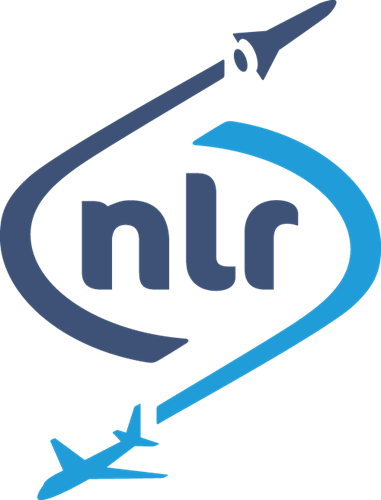
The interest for Remote Tower Operations (RTO) is increasing. More and more ANSPs are  considering implementing remote towers. Reasons for this change are foreseen efficiency, both in terms of costs as well as execution of the operation. But is this enough?
considering implementing remote towers. Reasons for this change are foreseen efficiency, both in terms of costs as well as execution of the operation. But is this enough?
A typical set-up for a remote tower system consists of a set of high quality cameras that are mounted at an airport, often on top of the tower building or on a high pole. The camera output is projected on a large wall of monitors in a room, either at the airport itself or at a remote location. Air Traffic Controllers (ATCos) control the traffic from this room and there are no ATCos needed in the original tower.
Besides the “basic remote tower” as described above numerous additional features may be added to enhance the remote tower. To name but a few:
- Infrared cameras so that ATCos will have a better view than in the conventional tower during poor visibility conditions
- Software enhancements so that, for example, flocks of bird are automatically detected and marked on the monitors
- Pan Tilt Zoom (PTZ) cameras that automatically zoom in on objects like binoculars, but that can also track aircraft automatically or scan the runway prior to an approach
An operationally more demanding remote tower set-up is the so-called multiple remote tower. In this set-up one ATCo controls several (small or medium sized) airports in parallel from one location. The set-up is adjusted in such a way that the ATCo can control several airports from a single Controller Working Position (CWP).
All these technological features have a high potential for supporting remote tower operations and increasing capacity and efficiency. However, they still need to be operated by people. The Human Factor is key when migrating towards a successful remote tower operation. The ATCo is confronted with quite a few changes, for example:
- Looking at monitors instead of looking out the window. The resolution on the monitors will not be the same as the normal out-of-the-window view. Therefore the question arises: will ATCos be able to see every relevant detail in time? And if not, will ATCos always be able to compensate for that by using the PTZ camera?
- The cameras will not cover the same viewing angle as the out-of-the-window view. Will the ATCos be able to work equally efficient if they cannot see the entire platform or parts of the airspace unless they use the PTZ?
- How will scanning strategies of controllers change if several monitors show the same information, for example with different zoom-levels? How do they decide where to look for information?
- Does the new information presentation methodology influence the ATCos mental workload? How about their situational awareness?
- What happens when ATCos have a crystal clear vision during poor visibility conditions due to several supporting tools, while pilots do not have enhanced vision?
- In case of multiple remote tower operations, where services are provided to two different airports at the same time, will ATCos confuse the airports? This is comparable like playing chess on two boards. Can the CWP be adjusted to minimise the likelihood of making such mistakes?
- Also for multiple remote tower operations, will ATCos be able to manage their mental workload, even if two events happen at the same time on two different airports?
For ANSPs who want to implement such a large technical and operational change, it is important to realize that remote tower operations, while offering definite advantages, also imply some caveats. There may be concerns or side effects that they need to know prior to making the change. For these ANSPs, it is relevant to consider Human Factors research in advance. In that way they will be able to make the transition as smooth as possible with a minimum of unexpected ‘surprises’.
Human Factors research focuses, amongst others, on the interaction between the human operator and the controlled environment. When new concepts, systems, devices and technologies are introduced, Human Factors research can provide objective and subjective information about the impact that such a change has on the operator. In several of our consultancy projects for our clients, we have analyzed and shown that acceptability, usability, (mental) workload, visual workload, attention, distraction, situational awareness, teamwork, operator strategies, and fatigue may all be influenced due to a change in the working environment. Human Factors research can provide knowledge about if and how these variables will be influenced.
When taking this all into account, implementing remote tower systems is very interesting since it will influence the ATM efficiency in a positive manner. And by including Human Factors research from the very beginning, you will also reduce the likelihood of making expensive mistakes.

.png)



.jpg)


